
Key Takeaways
- Coaster brakes are a type of bike brake that allows you to stop by pedaling backward, offering a reliable and low-maintenance option for casual riders.
- Hand brakes provide better control and modulation, making them ideal for young riders learning to brake effectively and safely.
- Coaster brakes are installed on youth bikes and cruiser bikes.
Parents looking for a new children’s bike always ask us about coaster brakes. So let’s review what they do and if they are the best choice.
A coaster brake is a special rear hub for a bicycle that performs two functions: it allows the bike to coast without pedaling and provides a braking mechanism by backpedaling rather than using a hand lever. This braking system is most commonly used on any youth bike or adult cruiser bike.
One of the main benefits of coaster brakes is their simplicity. In this article, we'll dive deeper into how coaster brakes work, their advantages and disadvantages, and how to decide if they're the right choice for your bike. Keep reading to find out.
What Are Coaster Brakes On A Bike?
Coaster brakes are foot brakes or back pedal brakes. They work when you pedal the bike backward, triggering the braking system. The coaster brake hubs will halt the movement of the bike and they work much faster than alternative brake types.
When a rider pedals backward, the brake engages, allowing the bike to come to a stop. The coaster brake has been around for a while and remains popular for its simplicity and ease of use.
The main feature of this system is the brake mechanism located in the rear wheel's hub. Simply pedal backwards to stop. You’ll see this brake type on cruiser bikes, kids' bikes, and in rare cases, on a balance bike.
Unlike hand brakes, coaster brakes do not rely on external cables or levers and often perform well regardless of the weather. Because they are easier to engage, you’ll find coaster brakes on most youth and children’s bikes.
How Coaster Brakes Work
Most unsophisticated bicycles will use coaster brakes. The simplicity of this braking style is the primary selling point, which is why any simple pedal bike or fixed-gear bike with a freewheel hub tends to use this braking system.
Typically, the bike has a special rear hub or a rear coaster brake. It sits inside the rear wheel's hub and connects to the pedaling system. When the pedals are pushed backward, the hub pushes out and onto the tire to create friction to slow and eventually stop the tire’s movement.
Coaster brakes are engaged by rotating the pedals in reverse until the brake engages. This sends the braking mechanism inside the hub into action.
The brake shoes inside the hub rub against the internal surface, creating friction and heat. This friction slows down or stops the rear wheel, allowing the rider to control their speed or come to a complete halt.
What Types Of Bikes Use Coaster Brakes?
If you're looking for a bike that's easy to ride and requires minimal maintenance, then a coaster brake bike might be right for you. It’s most common to find coaster brakes on youth bikes or cruiser adult bikes.
Kids’ Bikes
Kids' bikes are another type of bike that often comes equipped with coaster brakes. Coaster brakes are ideal for kids' bikes because they are easy to use and require minimal maintenance.
Kids can simply pedal backward to engage the brake, which makes it easy for them to stop the bike when needed. Coaster brakes work for kids' bikes because they are fast and easy to engage.
Kids can accidentally squeeze the brake levers too hard and cause the bike to stop suddenly, which can be dangerous. With a coaster brake, kids can stop the bike gradually and safely.
Overall, coaster brakes are a good choice for anyone who wants a bike that's easy to ride and maintain. They are especially popular on a cruiser and kids' bikes, but they can also be found on other types of bikes.
Cruiser Bikes
Cruiser bikes are a popular type of bike designed for comfort and style. They are often used for leisurely rides around town or along the beach.
They have a relaxed, upright riding position and wide, comfortable seats. They also often come equipped with coaster brakes, which makes them easy to ride and maintain.
Coaster brakes are not as powerful but they are still effective for casual riding on flat terrain. This is why they are used on cruiser bikes because this is a casual riding bicycle that doesn't reach too high of a speed.
Advantages and Disadvantages Of Coaster Brakes
Here are some of the advantages and disadvantages of coaster brakes on bicycles.
Pros of Coaster Brakes
One key advantage of coaster brakes is their reliability and speed of engagement. Unlike other braking systems, a coaster brake can work faster than a hand brake. This is why you’ll commonly see them on a kids' bike.
Another benefit is their low-maintenance nature. Coaster brakes require less maintenance than other types of brakes since they are built into the bicycle's rear hub and are not exposed to dirt and debris.
Cons of Coaster Brakes
A disadvantage of coaster brakes is that they can lead to less precise control while stopping, particularly for inexperienced riders. Since coaster brakes are located only on the rear wheel, they may cause skidding when stopping quickly.
Another drawback is the lack of modulation, as coaster brakes are either on or off without a gradual engagement, which can be limiting in technical riding situations or during emergencies.
Coaster Brakes Vs. Other Bike Braking Systems
Now that we better understand coaster brakes let’s compare them to other common braking systems found on bicycles. This includes rim brakes and disc brakes.
Rim Brakes
Rim brakes are a popular choice for many bikes due to their simplicity and affordability. They work by applying friction to the outer edge of the wheel's rim.
- Pros: Lighter weight, less expensive, easy to maintain.
- Cons: Less effective in wet conditions, can wear down the wheel's rim over time.
Disc Brakes
Disc brakes are a more modern braking system, using a metal disc attached to the wheel's hub and applying force via brake pads.
- Pros: Consistent braking performance in all weather conditions, minimal impact on the wheel's rim.
- Cons: Can be heavier, potentially more expensive, and may require more maintenance.
While both rim and disc brakes offer better modulation and control compared to coaster brakes, they may also be more complicated and prone to potential adjustment issues.
Coaster brakes provide a simple and reliable braking option, particularly for certain types of bikes like cruisers and children's bicycles.
Hand Brakes
The other alternative is a hand brake. This is when brake levers are on the handlebars for you to stop the bike. Only a coaster brake is faster to engage because of the presence of rotating and stationary parts.
- Pros: Good for young riders, solid braking power, and quick braking engagement.
- Cons: Injury potential and not the most effective on slick roads.
In fact, many experts recommend hand brakes to parents for kids. Pedaling backward to engage the brakes is seen as a bit complex for younger children and they prefer a kid’s bike with hand brakes.
Maintaining Coaster Brakes
Coaster brakes are known for their low maintenance requirements compared to other types of brakes. Nevertheless, it's important to ensure they're functioning properly.
Regularly check your bike's coaster brake hub to prevent potential issues from arising. This means inspecting it for excessive wear or damage and making sure it's properly lubricated.
To maintain optimal performance, occasionally remove the coaster brake assembly for cleaning and lubrication. This process typically involves the following steps:
- Removing the rear wheel from the bike
- Taking off the locknut, cone, and brake arm
- Inspecting the internal components for wear and damage
- Cleaning and greasing the internal parts
- Reassembling the rear brake and adjusting the brake arm position
By following these maintenance steps, you can ensure your coaster brakes continue to work effectively and safely for smoother rides.
Are Coaster Brakes Safe?
Coaster brakes have been around for many years and are still commonly found on single-speed and kids' bikes. While they may not be as powerful or efficient as other types of brakes, they can still be an effective way to stop your bike.
One of the biggest concerns with coaster brakes is that they only apply to the rear wheel, which can lead to skidding if the rider slams on the brakes. This can be especially dangerous if you are riding downhill or on wet or slippery surfaces.
Another concern is that they require the rider to anticipate stopping and position their pedals in advance for the necessary reverse pedaling. This can take some getting used to, and it may not be the best option for riders who are just starting out.
Despite these limitations, coaster brakes can still be a safe and effective option for many riders. They are easy to use and maintain, and they can provide a fail-safe fallback in case your other brakes fail.
Can You Remove Coaster Brakes?
Yes, it is possible to remove a coaster brake from a bike, but it is not recommended for children's bikes. Coaster brakes are designed to provide a simple and reliable stopping mechanism for young riders who are still developing their coordination and balance.
Removing the coaster brake can make it difficult for kids to stop their bikes safely, leading to accidents and injuries. However, if you are an experienced rider and want to remove the coaster brake from your own bike, it is possible to do so.
You must replace the rear wheel with a freewheel hub and install a hand brake system. This complex process requires special tools and expertise, so it is not recommended for beginners.
It's worth noting that removing the coaster brake from a bike may also void the manufacturer's warranty. If you're unsure whether removing the coaster brake is a good idea for your bike, it's best to consult a professional bike mechanic first.







































































































































































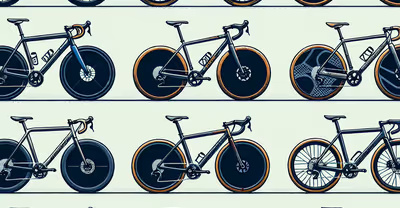

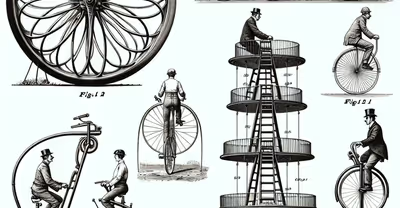
















































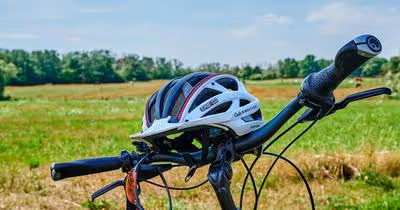

























































































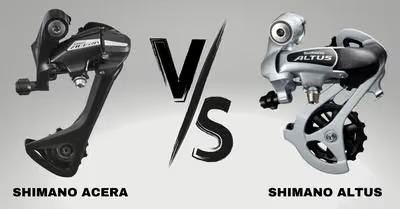






















































































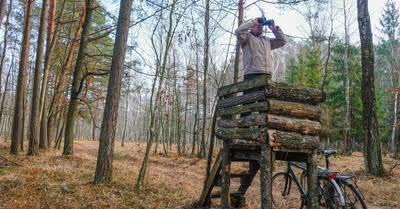















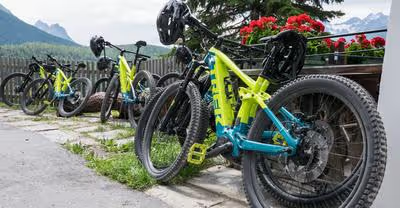




















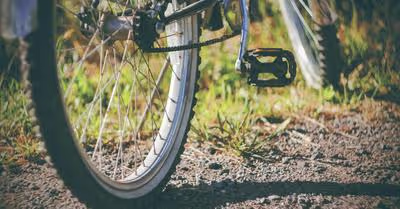






























































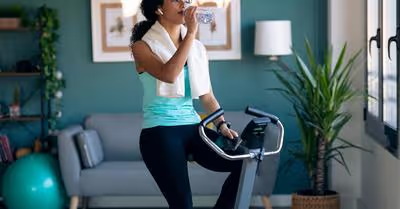














































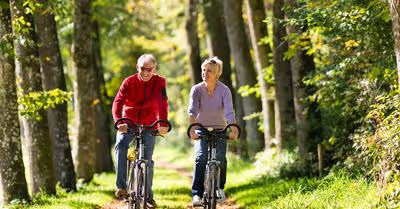










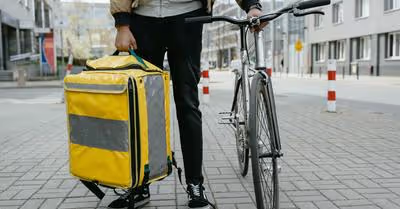















































































































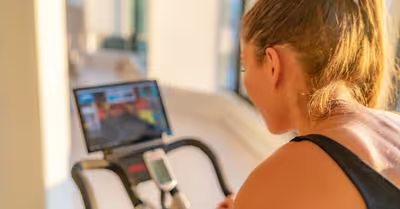
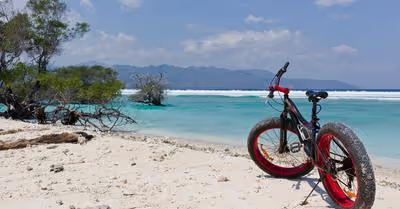


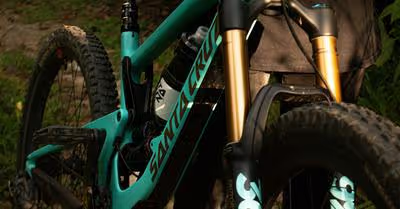
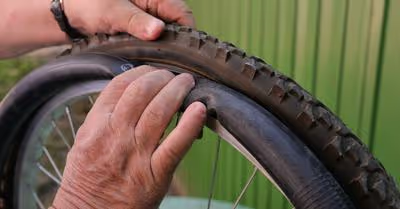







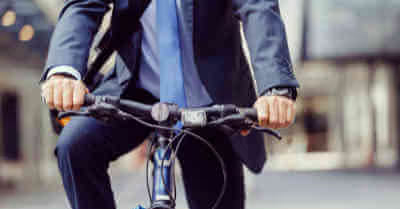









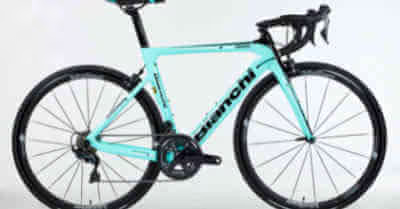



































.avif)
